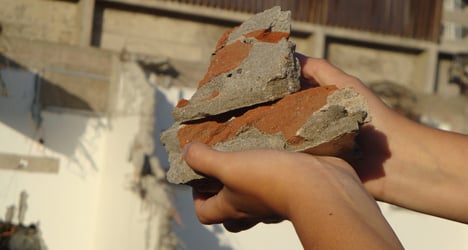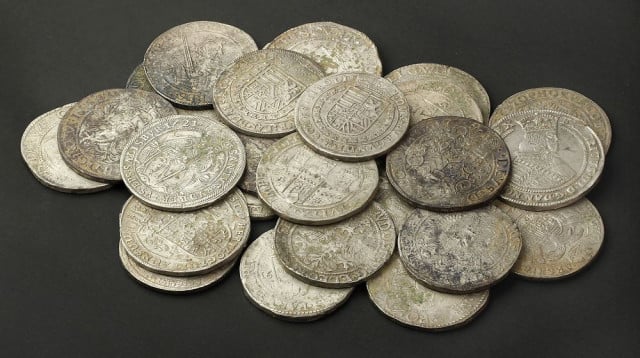Citizens of Lleida, in Catalonia, are busily searching for a solution to Spain's economic crisis in the dangerous debris of a collapsed building.
The property in question partially collapsed on June 17th, seriously damaging adjoining structures in the historic city centre.
The building finally gave way completely two weeks ago, according to Spanish daily 20 Minutos.
But as the debris was being cleared away, a rumour spread through the town that there was €3,000 in cash on the site, covered up by the rubble.
Soon, dozens of people started to pick through the ruins in search of the buried bonanza.
"As far as the city police know, nothing has been found," said Lleida city hall's head of Civic Safety, Sara Mestres.
Mestres declared that she was surprised by how quickly the rumour had spread.
She told reporters that she did not know how the gossip had started but confirmed there were people going though the rubble and warned of the dangers involved.
She added she had asked the property's owner to increase surveillance but that city police were dispersing any crowds.
The clearance operation was described as being well underway and was expected to be completed within two or three days.




 Please whitelist us to continue reading.
Please whitelist us to continue reading.
Member comments